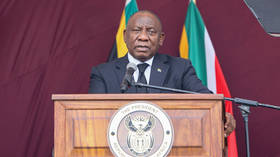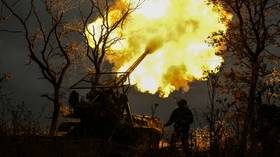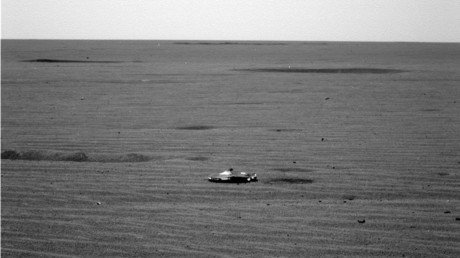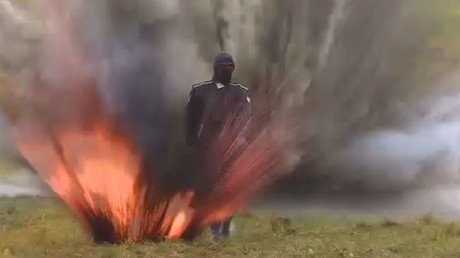WATCH: Indonesian volcano Mount Merapi spews massive ash cloud
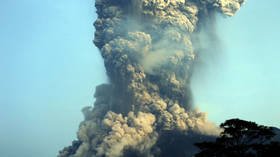
Indonesia's most active volcano Mount Merapi erupted Friday with an explosion that produced an ash column rising some 5,000 meters into the air.
Communities near the volcano are advised to remain calm, continue activities as usual, but not approach the summit of Merapi within a three kilometer radius.
Eyewitness videos from the scene show a huge ash cloud above the volcano’s surroundings.
Rekaman erupsi #Merapi siang ini Jum'at, 27 Maret 2020 pukul 10:56 WIB dari stasiun Pasarbubar. Tetap tenang dan beraktivitas seperti biasa ya #WargaMerapi 🙏🏼Selalu ikuti informasi terkini dari sumber yg terpercaya. #statuswaspada sejak 21 Mei 2018 pic.twitter.com/jM2zYC9mtN
— BPPTKG (@BPPTKG) March 27, 2020
The eruption lasted seven minutes and produced pyroclastic flows that traveled two kilometers to the south-southeast, while ash fell as far up as 20km away from the crater.
#merapi ya rob pic.twitter.com/eqJAyEhGbi
— balapsapi (@YAlhafara) March 27, 2020
Mt. Merapi Eruption this morning pic.twitter.com/FoRtSwsJmH
— #IndonesiaNeedHelp #CoronaVirusPandemic (@arwidodo) March 27, 2020
“There have been no reports of damage from the eruption. We urge people to stay calm and not panic,” National Disaster Mitigation Agency (BNPB) spokesperson Agus Wibowo commented.
@merapi_news hujan abu seputaran dukun magelang pic.twitter.com/4sk8wBvB03
— Adelia (@1210adelia) March 27, 2020
Hujan Abu dan pasir akibat erupsi Merapi siang ini.... pic.twitter.com/iMjj5ckMOy
— Sastroklengsreh (@Sastroklengsre1) March 27, 2020
Hujan Abu dari Erupsi Merapi. Semoga selalu aman. Amin 😇🙏🏻#merapipic.twitter.com/EpaXnjHK4t
— AwannDodot (@awanndodot) March 27, 2020
Mount Merapi has been erupting for centuries with the last major one earlier this month on March 3, which authorities issued a code-red aviation alert for and established a three kilometer exclusion zone around the area.
Indonesia is a nation comprising over 17,000 islands and islets on which 130 active volcanoes sit. The country is located on the Pacific ‘Ring of Fire’ where the collision of tectonic plates causes frequent and often violent seismic activity including earthquakes and volcanic eruptions.
Like this story? Share it with a friend!






